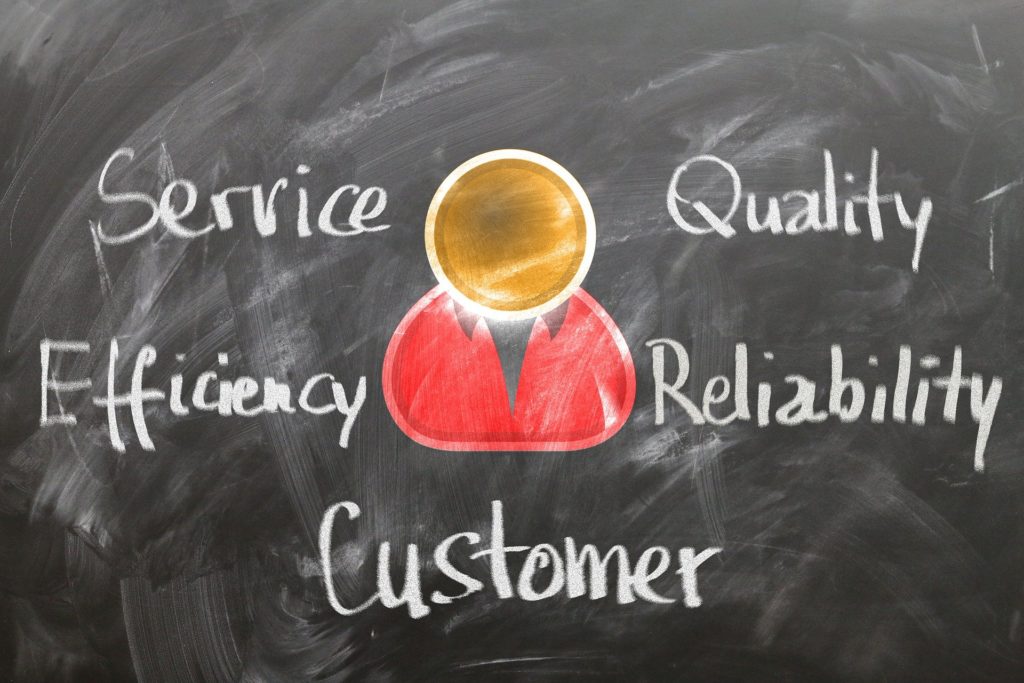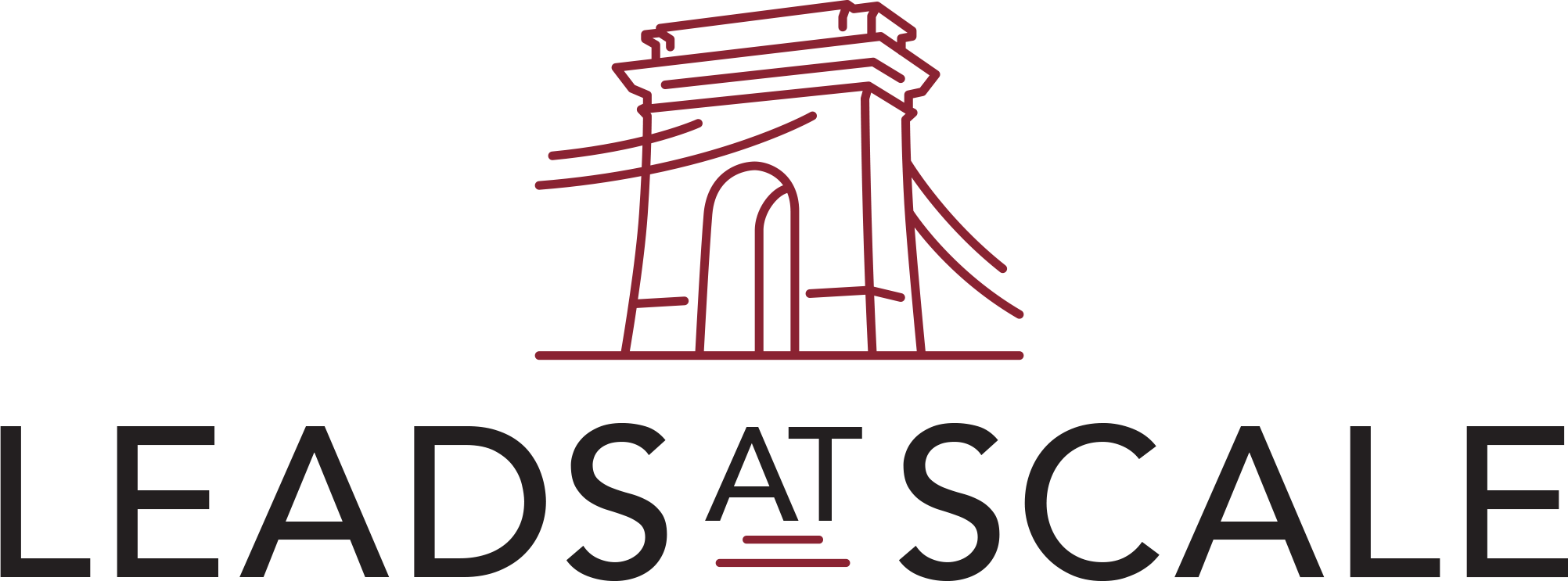We all know that compared to consumer marketing, the world of B2B marketing is much more challenging. That’s why many businesses rely on either lead generation or appointment setting to attract their specific clientele.
Lead generation and appointment setting are quite similar in their principles. However, they have several fundamental differences in their methodology. They’re also not a one-size-fits-all solution, which means one may work better for your business than the other.
The article is going to discuss and compare the two marketing methods and which is more suitable for your business.
Read on to learn more.
What Exactly Is Lead Generation?
Lead generation is the process of initiating consumer interest in a specific business product or service. The methods involved in the lead generation process include advertising, digital content marketing, telemarketing, and even customer referrals.
A few examples of lead generation include leveraging blog content, hosting live events, offering discount deals, putting out social media content, and surprisingly, job applications. Anything that generates interest and leads back to your business website ending in potential lead-making contact qualifies as lead generation.

There are also several purposes behind lead generation. Generally speaking, a business can seek out leads for specific activities that may end in a sales conversion. Those activities range from an email newsletter subscription acquisition, sales leads, marketing leads, product-qualified leads, service-qualified leads, etc.
Most lead generation methods are akin to advertising. However, they sometimes include non-paid sources like aforementioned customer referrals or organic search engine traffic that leads to your website.
Lead generation is just the beginning of the sales journey. Each lead is generally followed up by a salesperson who reviews and qualifies for their potential. In the lead qualification process, the sales team looks closer at every lead to see who is really likely to become a customer. Lead qualification becomes pivotal at this juncture to sift through the amassed prospects. From there, the lead undergoes the conversion into a business opportunity. During lead qualification, adherence to specific benchmarks, such as assessing a lead’s readiness and capability to purchase, becomes paramount. This strategic evaluation ensures that only the leads with the highest conversion potential are pursued further, optimizing the sales team’s efforts and resource allocation.
That opportunity then travels through the sales journey until they become an official customer post-sale.
What Exactly Is Appointment Setting?
Appointment setting refers to the strategy that aims to bring in new prospects via scheduled appointments. However, it’s not as simple as it sounds.
With appointment setting, the business’s sales team typically has to get in contact with established leads. Once they get in touch with them, they’re responsible for qualifying them as prospective clients that will likely make a definitive decision.
Then they move forward with scheduling an appointment with said prospects to discuss the product or service with a salesperson or representative.
It’s also very common for businesses to outsource the appointment-setting part of the prospecting. This frees up the sales team’s time to prepare for their appointments among other productive activities.
Appointment setting is actually the last step of the lead generation process. Once the appointment is scheduled and active, it’s up to the salesperson or representative of the business to take the prospect through the sales journey and close the deal.
When it comes to appointment setting for B2B businesses, only the most qualified leads will be considered prospects. A qualified lead is typically defined as a person who is actively showing interest in the product or service that the business is offering.
Active engagement is what tells the appointment setters that the prospect in question is on track to make a favorable purchase decision.
To ensure the success of a sales appointment, the people responsible for setting the appointment must be equipped with the right skills.
Those skills include (but are not limited to):
- The ability to identify decision-makers
- Being quick on their feet—being flexible when it comes to going “off-script” while always focusing on the goal at hand
- Asking relevant questions that allow them to relate to the prospect
- Listening intently
- Successfully conveying how the product or service will provide value
- Learning and practicing continuously
As you can see, appointment setting takes a decent amount of skill and experience to maximize the success of a business’s impending sales.
However, while appointment setting may seem like an essential step in the sales journey, it’s often unnecessary. The only way to know for sure whether you need this step in your sales strategy depends entirely on your understanding of the differences between this method and lead generation.
The Primary Differences Between Lead Generation And Appointment Setting
One important thing to highlight in this article is the difference between these two seemingly interchangeable words: Leads and prospects.
These two words are not synonymous, which is part of what creates the fundamental divide between the two sales methods.
Here’s the difference:
A lead is an individual or a business that has given out their contact information voluntarily to learn more about the product or service in question.
A prospect is a person who has already spoken with an appointment setter, salesperson, or representative, demonstrating their interest in making a purchase.
So, to recap, lead generation involves piquing interest and gathering contact information. Appointment setting involves qualifying prospects and leading them through your sales journey toward a purchase decision.
Let’s clarify those differences further by breaking down each method by its primary goal, strategy, process, and influence:
The Goal
The goal of lead generation is to get eyes on your business by seeking out potential clients who may take an interest in your product or service. In essence, the goal here is to cast a long line toward your target audience and see who bites — fills out a contact form or subscribes to an e-newsletter.

The goal of appointment setting is to identify which leads qualify as prospects. This is also known as prospecting.
Once you’ve created your list of prospects, it’s time to book appointments and hand over the reign to your sales team.
Of course, while you can have lead generation without an appointment setting, you really can’t have an appointment setting without lead generation.
The Strategy Behind The Goal
In general, both methods aim to engage with potential clients and make sales.
However, appointment setting focuses on setting a calendar date to engage the prospect and finalize the potential sale.
Lead generation focuses on reaching new potential clients and gathering their information. That information is then passed on from the marketing team to the sales team to decide on the value of the information.
The Process
Lead generation services revolve around advertising to your target audience to garner their contact information. Whether they offer up their information or not depends on how strong your marketing strategy is.
Either way, the final result remains open-ended.
With an appointment setting, the solution is a bit more straightforward. The appointment gets set, your sales team makes the scheduled call, and a purchase decision is made.
The Influence
Both methods have their own influence over your target audience. With lead generation, the influence is usually directed toward creating a bigger sales pipeline to work with. Appointment setting influences the connection that you make with the leads that enter your sales pipeline. Therefore, one method provides a short-term solution while the other provides a long-term solution.
Which Is More Suitable For Your Business?
As we mentioned above, you technically can’t work off of an appointment setting alone. It’s almost entirely dependent upon lead generation.
So, the real question is whether an appointment setting is suitable for your business or not. Of course, if you’re working within the B2B industry, then the answer is yes, appointment setting is absolutely necessary.
Lead generation and appointment setting together can help you strengthen your overall marketing and sales strategy. If you do it right, that means more conversion for your business.
If you want to learn more about B2B appointment setting services, we can help you with that.
Contact us today to find out more about how we can connect you with more decision-makers and increase your sales conversions.



